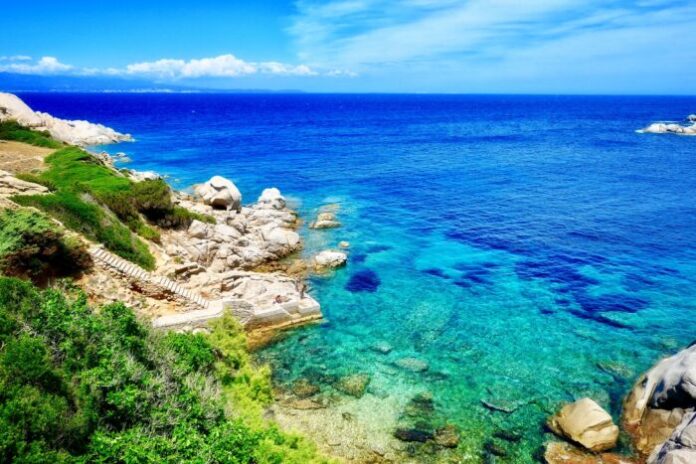
From Cyprus to the Azores, without forgetting Sicily and Sardinia, the European islands are threatened on several fronts by climate change: not only for the possible environmental and naturalistic impacts, but also for the possible social and economic consequences. With the SOCLIMPACT European project, research institutes and local authorities, universities and private companies, economists and political scientists, physicists and climatologists, have joined forces to understand what could happen in the next decades and to identify effective strategies for adapting to climate change.
Funded by the Horizon 2020 program, the project has just ended after 40 months of construction. It involved 24 research partners from eight European countries, including the University of Bologna, with the aim of building models for forecasting climate change on a local scale, looking at particularly fragile and exposed areas such as those of the islands.
The French Antilles, the Azores, the Balearics, the Canaries, Corsica, Crete, Cyprus, Fehmarn, Madeira, Malta, Sardinia and Sicily are the islands and archipelagos of the European Union on which scholars have focused. With a focus on four key sectors for the “blue economy”: aquaculture, energy, maritime transport and tourism.
Tourism, in particular, is the theme on which the group of the University of Bologna involved in the project focused, which worked by exploiting the skills of the Center for Advanced Studies on Tourism (CAST), active at the Rimini Campus and point international reference for research in the tourism sector.
According to Paolo Figini, professor of the Department of Economic Sciences of the Unibo, in the worst scenario a much lower tourist expenditure is expected in 2100 than in the same year under normal conditions: “Overall, it can be estimated that the overall tourism expenditure at the end of the century is 59% lower in Sardinia, while in Sicily we are at least 38% ”.
The rise in sea level, the loss of coastal surface, the changes in marine flora, the increase in fires, the greater spread of infectious diseases are all risks related to climate change that the scholars involved in SOCLIMPACT have considered.
Among the individual factors, it emerges that the risk of fires is moderate but leads “to a decrease in tourist spending in the case of Sardinia around 20% and in the case of Sicily around 13%”. The loss of marine biodiversity (again according to the worst scenario) could reach 14% in Sardinia and 28% in Sicily. Rising sea level and increasing extreme events could lead to a 58% drop in the current surface area for Sardinian beaches and 61% for Sicilian ones: for this factor alone, the costs on tourist spending would be 26% in Sardinia and ‘only’ 17% in Sicily, which can also count on cultural tourism. The lengthening of the summer season due to the rise in temperatures, on the other hand, would have a positive effect on tourism, more marked for Sardinia (+ 16%) than for Sicily (+ 2%).
The data tales have therefore made it possible to develop alternative strategies for adaptation to climate change for each of the islands and for each of the scenarios considered, with a participatory process that also involved the local actors of the territories.
The effect of climate change on the islands’ economy, Figini points out, “is similar to that of a major economic crisis or a pandemic”. According to Figini, it is important to consider the effects of climate change on individual territories: “Some territories can also benefit from it. But as far as our area, the European one, is concerned, it is a risk that will generate economic as well as environmental costs ”.



































